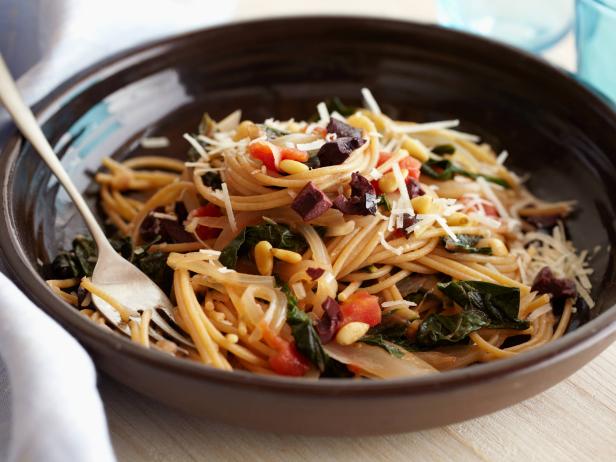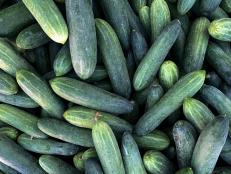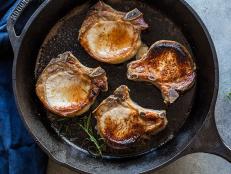Everything You Need to Know About Pecorino
It's more than a Parmesan alternative

For many people who see their favorite chef grating salty slivers of it over a plate of perfectly cooked pasta or a New Haven-style pizza, pecorino cheese has become almost interchangeable with Parmesan. There is so much more to this beautiful, traditionally crafted cheese than just being an alternative garnish, however, and I hope that after reading this, you will not only realize just how much hard work goes into getting pecorino to your table, but you will also be tempted to make it a star ingredient in some of your future culinary endeavors.
What Is Pecorino?
The name pecorino is actually taken from the Italian word pecora, which means “sheep.” It links back to a time when sheep were an essential source of food and materials for rural families in what is now Italy. And the first historical records of the cheese being made come from nearly 2,000 years ago, in the works of the Roman writer Pliny the Elder.
Although pecorino is nearly always associated with the firm, hard cheese available from most supermarkets, the name actually covers all Italian cheeses that are made with ewe’s milk. Pecorino is available in Italy in three main types, fresco, semi-stagionato and stagionato, a series of classifications that are based on how long the individual cheeses have been aged.
Once the cheese curds have been produced by adding rennet to the ewe’s milk, they are drained and formed into drum-shaped wheels. The cheeses are then pressed, wrapped, salted and aged for anywhere from a few months to a year. The longer the cheeses age, the more firm, crumbly and salty they become, making them ideal for grating. The younger cheeses have a softer, more creamy texture, and they are often eaten on their own or in sandwiches.

Where Does Pecorino Come From?
There are four main varieties of pecorino cheese, which enjoy European PDO (Protected Designation of Origin) status in Italy:
Pecorino Romano comes from the island of Sardinia as well as the regions of Umbria and Lazio
Pecorino Sardo from Sardinia
Pecorino Toscano from Tuscany
Pecorino Siciliano from Sicily
Pecorino Romano is the most well-known of these in the United States. As its name suggests, it was made primarily in the regions around Rome until 1884 when unfavorable local laws made many cheese makers move their production to the island of Sardinia.

What Makes Pecorino Special?
Pecorino is a truly handcrafted product; you can discern from the very first bite both the care with which the cheese is made by artisanal farmers and the sheep’s milk, affected by the lush grasses on which the sheep graze between the months of November and June.
If you cut a sliver from a wheel of pecorino and let it rest on your tongue for a few moments, you will get an initial nutty taste that many people find similar to the taste of walnuts. This is soon followed by the distinctive saltiness, achieved by hand rubbing of the cheeses with salt over a period of months. It’s a long and laborious process, but the end results definitely make it worth all the effort.
The taste of great pecorino lingers and if you are lucky enough to bite into a really fine example, you will find that you are still experiencing the layers of flavor up to 10 or 15 minutes later.

2012, Television Food Network, G.P. All Rights Reserved.
How Do I Use Pecorino?
Pecorino cheese is definitely one of those ingredients where you get what you pay for, and I always recommend that people buy a small amount of a really good one and use it with care rather than buy a large chunk of a cheaper version that will deliver little in culinary excitement.
If you can find the fresco or semi-stagionato, I would use it anywhere you want to add a luxurious melting cheesy layer to a dish. I like to add it on top of sliced potatoes that I have simmered in stock, or I even use it with other cheeses to make the best grilled cheese sandwich you will ever eat.
Pecorino Recipes:
The more readily available stagionato is terrific for grating and you can, of course, substitute it in any dish where you might be using grated Parmesan. If you have made the effort to find the best, however, I would really recommend just savoring it on its own or with a glass of a full-bodied Italian red wine such as a Chianti Classico, Amarone or Brunello.
Buon Appetito!
Related Links:






























































